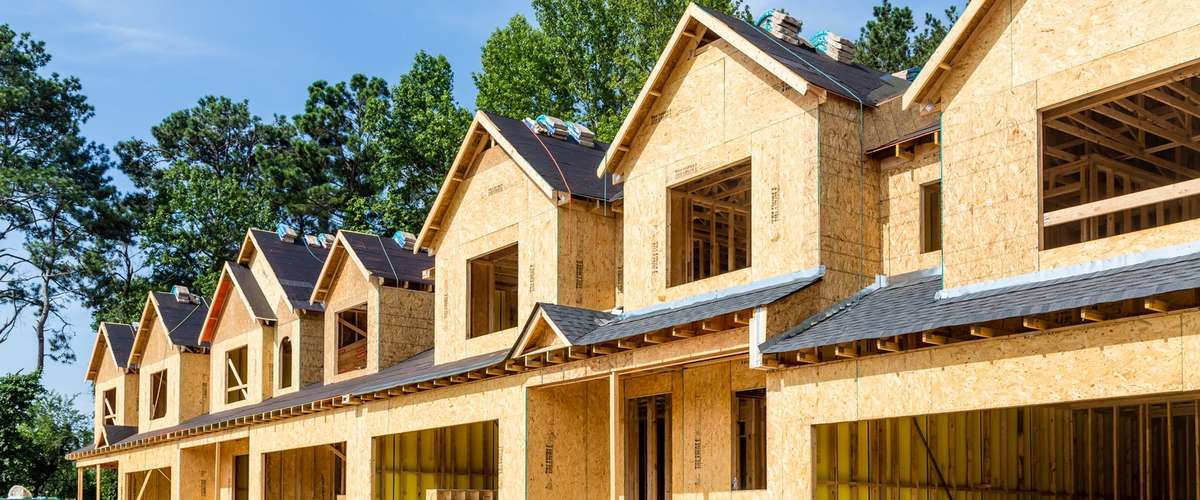As Canada approaches a pivotal federal election, housing affordability and supply are front and center in national debates. To help voters make sense of the competing promises, Ecohome.net, a leading resource in sustainable and affordable housing, has published a clear, nonpartisan comparison of the Liberal and Conservative parties’ housing platforms.
The guide, available as a detailed breakdown of Liberal and Conservative housing plans, analyzes each party’s proposed strategies on affordability, green building incentives, zoning reform, tax policies, and housing supply. It also considers the broader implications these policies may have on Canadians, developers, and future generations.
“Housing affordability is top of mind for Canadians, and it’s essential that voters understand how each party plans to address this issue”, said Robert J. Pierson, CEO of Ecohome Network Inc. “Our goal is to provide a clear, unbiased comparison to support voter education and spark meaningful discussion.”
One key theme explored in the article is collaboration in housing delivery – including partnerships with non-profits, co-operatives, private developers and Indigenous communities. As Canada seeks long-term solutions, experts increasingly advocate for community-led, inclusive development models – an area where the major parties’ commitments diverge.
“True progress on housing requires collaboration – not just between federal and provincial governments, but with Indigenous leaders, community organizations, and local builders”, Mike Reynolds, co-founder and editor-in-chief of Ecohome added. “We believe the future of affordable housing must be inclusive and participatory.”
Released during the early stages of campaigning, the analysis offers timely insight into the core differences shaping Canada’s housing future – and the choices voters face at the ballot box. Beyond the political implications, the housing sector plays a critical role in Canada’s economic stability, with construction and real estate representing more than 20% of GDP. Ongoing pressures from supply chain disruptions and U.S. lumber tariffs – amplified by trade tensions under former President Donald Trump – continue to inflate building costs and delay projects nationwide.
As policymakers and builders search for scalable, cost-effective solutions, prefabricated construction is also gaining renewed attention. Innovations in this space are seen as a way to accelerate housing delivery, reduce waste, and insulate the sector from volatile material costs. Ecohome explores these benefits and market trends further in its comprehensive guide to prefab homes in Canada.





